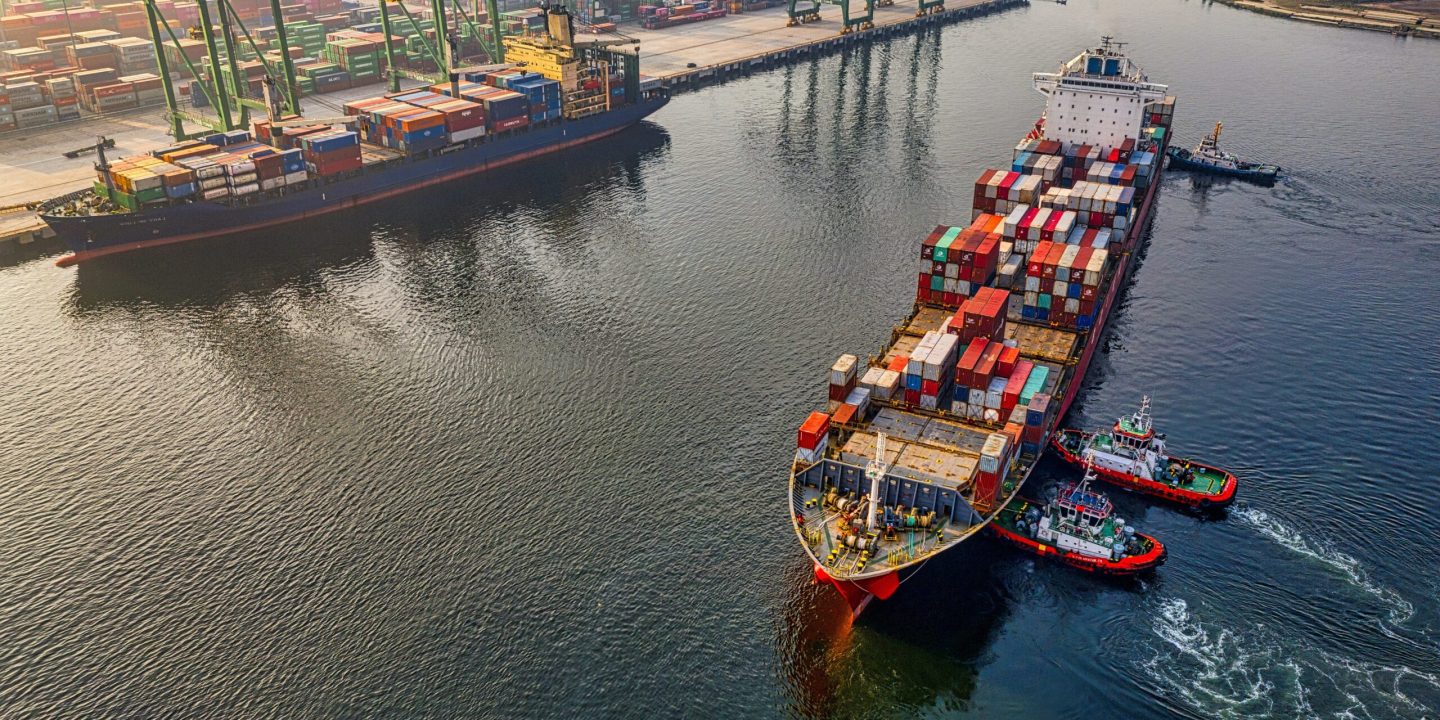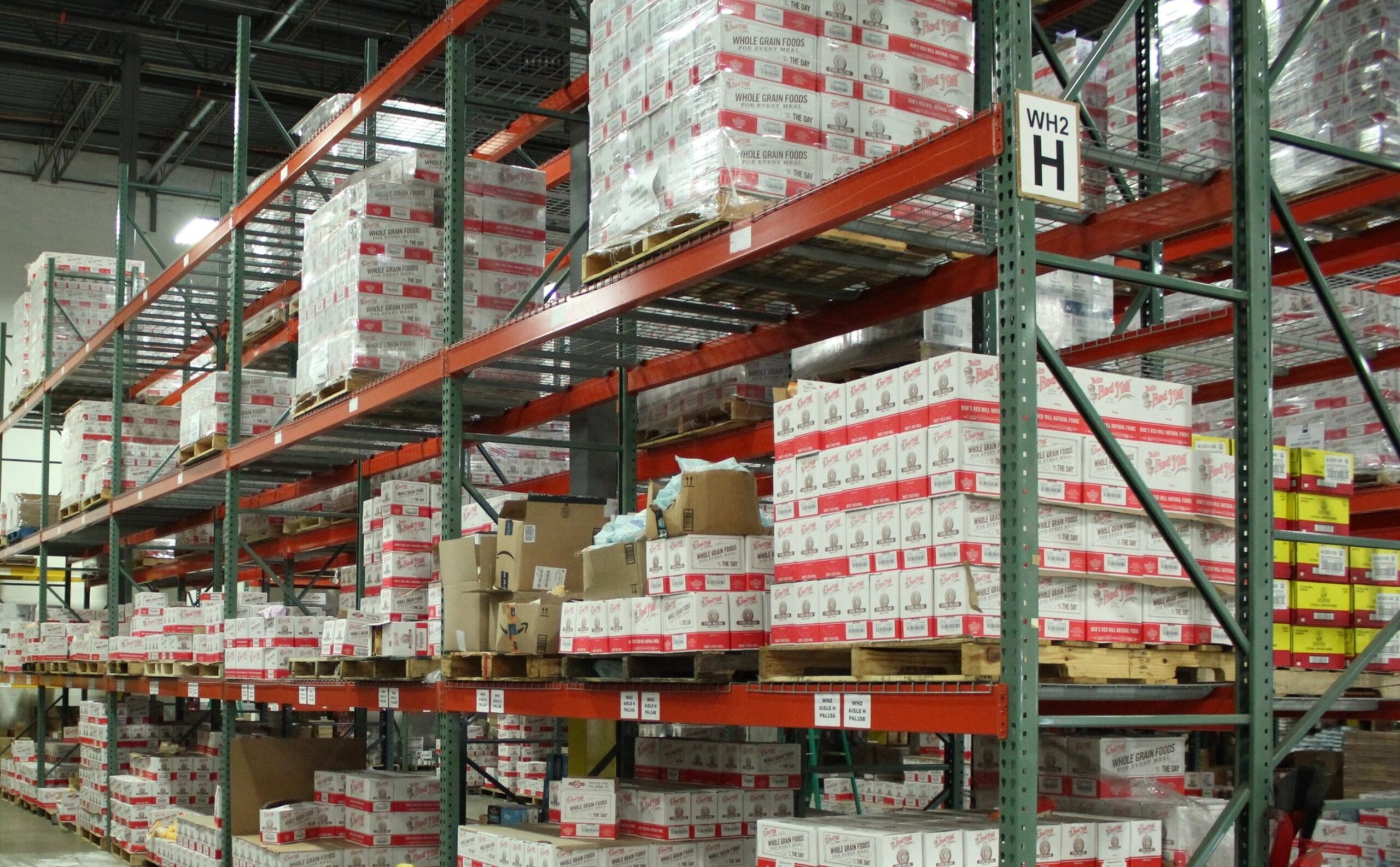Contents

Meeting customer expectations regarding order fulfillment and shipping are some of the vital aspects of running a successful e-commerce business. Some of the main reasons customers abandon their online shopping carts are too many extra costs (often related to shipping) and too slow delivery. It is important to be able to make and deliver on promises to your customers to build trust, foster loyalty, and enhance customer satisfaction.
Communication about what to expect with shipping is key to keeping your customers happy. In this respect, it is important to know which shipping dates to track, what can influence these estimates, and how you can optimize shipping efficiency and affordability.
Important Shipping Dates to Track
There are six main shipping dates that you need to understand and be able to track, including the estimated and actual shipping and delivery dates, the invoice creation date, and, when necessary, the return date.
1. Estimated Shipping Date
An estimated shipping date is just that — an estimation of when the order will be shipped. This can be influenced by order fulfillment cutoffs, which can add a day to the shipping estimation. For example, if a customer places an order later in the evening, the estimated shipping date can be a day later than it would have been when placed in the morning.
These estimated shipping dates are not perfect. However, they should be as accurate as possible to minimize customer frustrations.
2. Ship Date
The actual ship date is the day the order leaves the fulfillment or distribution center to make its way to the customer. This means that if you offer 2-day shipping, for example, the order will be delivered 2 days after the package leaves the warehouse.
The ship differs from the order date, which is the date the order is made. This can be related to when the order was placed. E-commerce stores often do not fulfill orders on weekends or after a certain time of day.
3. Estimated Delivery Date
Just like the estimated shipping date, this is the estimated delivery date, or the day the customer can expect to see their order. This can also vary based on a variety of factors.
It is not a guarantee. It is an educated guess on when the order will arrive. The estimated delivery date is often displayed at the checkout and can change as other influencing factors crop up.
There are a variety of reasons that shipping delays can occur. It is important to keep the customer informed to keep them satisfied. This is where order tracking is valuable.
4. Delivery Date
The delivery date is the actual date the item is delivered to the customer. While this will not always match the estimated delivery date, it is important to try and get the actual delivery date as close to the estimated delivery date as possible.
5. Invoice Creation Date
The invoice creation date is the day the invoice is created. It is often days before the order is processed and can also differ from the billing date.
6. Return Date
Returns are part of an e-commerce business, and the return date is the day that the product is returned to the seller. This is a different date than the return cutoff, which is the last day the customer has to make a return. It is also different than the return window, which is the amount of time a customer has to start the return and send it back to the seller.
Factors to Consider When Estimating Shipping Dates
E-commerce shipping is influenced by a variety of factors, many of which can be out of your hands. Again, it is not possible to offer 100% accuracy, but it is important to get as close as possible. Inform your customer about any shipping delays as soon as you recognize the issue.
Weather
Natural disasters, snow, and heavy rains can impact shipping times and package deliveries. In some cases, you can account for these slowdowns, but this is not always the case. It is important to let your customer know right away when weather is impacting shipping times.
Customs
With international shipping, packages can commonly be held up in customs and take longer to be cleared and delivered than anticipated. Carriers like DHL, FedEx, and UPS can help to minimize international shipping times.
Federal Holidays
Companies are often closed on major federal holidays, which can impact shipping times and add time to the delivery date. This can be compounded when shipping internationally, as recipients are often not aware of federal holiday closures in other countries.
Transit Times
There are a variety of factors that can influence transit time, which can include the following:
- Chosen carrier
- Shipping method
- Shipping destination
Typically, the further a package must travel, the longer it can take and the more expensive it will be. Expedited delivery options can guarantee faster shipping, but this will also come with higher shipping costs.
How a 3PL Can Optimize Shipping Dates
A third-party logistics (3PL) provider can handle all the inbound and outbound logistics of your order fulfillment. This can include many benefits, such as streamlining your shipping processes to offer more cost-effective options and efficient order fulfillment.
Some of the shipping benefits related to using a 3PL include the following:
- Ability to offer 2-day shipping: A 3PL can help you compete with bigger retailers by being able to offer faster shipping as standard.
- More affordable rates: 3PL providers have built-in relationships with major shipping carriers. They can often pass their discounts and savings onto you.
- Accurate ETAs: Using advanced technology, including displaying dynamic shipping options and estimated shipping and delivery dates as well as real-time tracking data, can improve customer conversion rates.
- Speed up shipping times: A 3PL provider often splits your inventory between multiple fulfillment centers to optimize shipping routes. This can mean that when a customer makes an order, it is sent to the closest fulfillment center to them for faster and more affordable rates.
References
Main Reasons Why Consumers Abandon Their Orders During the Checkout Process in the United States 2022. (June 2022). Statista.




